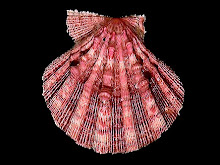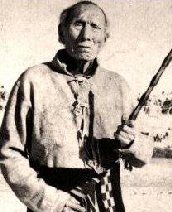The Upwelling Event: why does Red Tide occur naturally and how can we stop it from unnaturally occuring?
Perhaps the question should instead be, how does it occur? Can we tell the difference between natural and non-natural occurences of Red Tide? The simple answer is sometimes. Should we intervene on man-made fluctuations of the Karenia brevis algae? Can we yet readily identify these man-made upwelling events of the necessary chemicals required by these particular algae to produce these population explosions? And if we do intervene, what steps can be taken to filtrate this toxic chemical process?
Does dredging cause aggravated occurences of Red Tide upwelling events?
Do hurricanes positively or negatively influence Red Tide?
This author was introduced by Bill Hemme, Director of Math, Science, and Wellness at St Petersburg College to the Lead Scientist working to analyze the data of this algal bloom off the western coast of Florida, collectively known as an HABs (harmful algal blooms) on October the 26th, 2005.
"Cynthia Heil is a Senior Research Scientist and HAB (Harmful Algal Bloom) Group Leader at the Fish and Wildlife Research Institute, Florida Fish & Wildlife Conservation Commission (FWC) in St. Petersburg, Florida, where she oversees a staff of 25 people responsible for conducting research on and monitoring red tide blooms in Florida. She received an MS degree from the University of South Florida studying the migratory behavior of the Florida red tide organism and a PhD from the University of Rhode Island in 1996 for research dealing with the ecology and nutrition of phytoplankton involved in harmful algal blooms. After working as a research fellow at the University of Queensland, Australia from 1996-1998 developing marine plants as nutrient bioindicators of water quality, she continued research on Florida’s red tide, managing the ECOHAB:Florida red tide research program at the University of South Florida (USF), College of Marine Science from 1998 to 2003. During this period she conducted monthly research cruises examining physical and chemical conditions conducive to red tides in southwest Florida and developed her own research NSF and NOAA funded research program focused upon nutrient sources supporting Florida red tides. She joined the staff of FWC in November 2003, and remains on faculty at USF. Her current research includes projects focused on the development of new detection technology for Karenia blooms, the effects and fate of red tide toxins in coastal ecosystems and the nutrient sources supporting red tides, including potential impacts of Everglades restoration on coastal phytoplankton communities."
The above she sent to me to read during her introduction at a Math and Science Club sponsored talk on Red Tide hosted by the good doctor herself.
The article that got me thinking of my lunch discussion held after the Red Tide speech:
By Bjorn Carey
LiveScience Staff Writer
posted: 23 February 2006
04:03 pm ET






<< Home